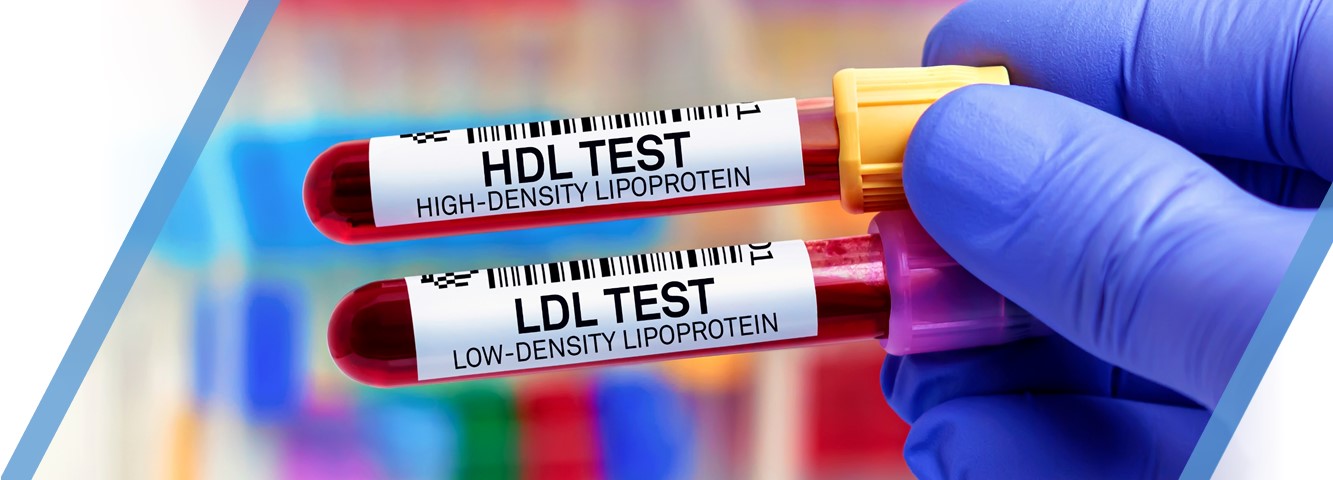The More You Claim, The More You Must Enable: SCOTUS Delivers Amgen v. Sanofi Opinion
June 7, 2023 – Legal Alerts
In May, the Supreme Court of the United States handed down its decision in Amgen Inc. v. Sanofi, which addressed the statutory enablement requirement for patents. The decision is consistent with ongoing efforts to strike a balance between innovation and competition, while preventing the extension of monopolies beyond the invention disclosure. Going forward, Amgen should encourage patent practitioners to carefully consider whether the full breadth of a genus claim is supported by the Applicant’s disclosure. Here, we summarize the case history, the Court’s opinion, and what this means for patent practitioners going forward.
In 2014, Amgen sued Sanofi for infringement of two patents directed to a class of antibodies that reduce LDL, or “bad” cholesterol. The patent claims at issue defined the claimed genus functionally, reciting that the antibodies bind to a certain “sweet spot” on a specific protein and block its binding to LDL receptors. Amgen’s patents exemplified only 26 antibodies by their sequences, but provided guidance for making additional antibodies in the class, either via a “roadmap” for identifying such antibodies or “conservative substitution” of exemplified antibodies. Sanofi argued that the patents failed to satisfy the enablement requirement because the disclosures did not teach the skilled artisan to make antibodies across the entire scope of the claims. In district court, the jury sided with Amgen and concluded the patents were enabled. On appeal, the Federal Circuit reversed and remanded, finding that the district court erred in its jury instructions regarding enablement. On remand, Sanofi prevailed on the issue of enablement and Amgen appealed. The Federal Circuit affirmed the district court, Amgen appealed again, and the Supreme Court granted cert to consider whether Amgen’s patents satisfy the enablement clause of the Patent Act.
Justice Neil Gorsuch delivered the Court’s unanimous opinion, affirming the lower courts.
The Court held that the lower courts correctly concluded that Amgen failed “to enable any person skilled in the art . . . to make and use the [invention]” as defined by the claims. In addressing the enablement requirement, the Court turned to the decisions in Wood v. Underhill, O’Reilly v. Morse, The Incandescent Lamp Patent, Minerals Separation, Ltd. v. Hyde, and Holland Furniture Co. v. Perkins Glue Co. The Court agreed with established precedent that “a specification may call for a reasonable amount of experimentation to make and use a claimed invention” and that reasonableness “in any case will depend on the nature of the invention and the underlying art.”
The Court agreed with Sanofi’s assertion that Amgen’s claims cover a “vast” number of antibodies beyond the 26 exemplified species, including potentially millions of undisclosed antibodies. Referencing Incandescent Lamp, the Court stated, “Amgen seeks to claim ‘sovereignty over [an] entire kingdom’ of antibodies.” However, the Court noted, “the more a party claims, the broader the monopoly it demands, the more it must enable.”
Although Amgen insisted the claims are enabled because the specification provides two paths for identifying antibodies, the Court concluded that these approaches merely saddled the skilled artisan with “research assignments.” The Court held that Amgen failed to enable all that it had claimed, even allowing for a reasonable degree of experimentation.
In supporting its decision, the Court referenced an analogy presented in the brief for Intellectual Property Law Professors and Scholars as amici curiae regarding a combination lock with 100 tumblers, each of which can be set to 20 different positions. “Through trial and error, imagine that an inventor finds and discloses 26 different successful lock combinations.” Id. at 20. However, in this hypothetical, “the inventor tries to claim much more, namely all successful combinations,” while instructing others “to randomly try a large set of combinations and then record the successful ones.” Id. at 21. The Court agrees that such a “roadmap” approach would result in functional combinations, but would not enable others to make and use functional combinations without extensive “random trial-and-error discovery.”
Interestingly, the Court’s opinion did not address the factors set forth in In re Wands for determining whether experimentation is undue, instead focusing on the statutory requirement for enablement in the context of the public’s benefit from the grant of a patent monopoly.
When considering genus claims, due care should be taken to enable the full breadth of the claims. If a particularly large genus is encompassed by the claims and enablement may be a concern, practitioners should consider multiple claiming strategies. For example, a drafter should include claims of varying scope, with narrower claims directed to subsets of the genus that are clearly enabled. Constructive or prophetic examples should be included to fill any gaps that may exist between working examples. Practitioners should also consider the scope of the genus in relation to the number of working examples, with an eye toward ensuring the exemplified species reasonably represent the breadth of the genus. If functional claiming is at play, it is critical to define the structure-function correlation. Finally, predictability plays a key role in determining enablement – the more predictable the art, the more likely a genus claim can be supported with fewer representative species.
While the impact of Amgen will become clearer with time, for now the bottom line is this: the more you claim, the more you must enable. If you have further questions about the decision, please do not hesitate to reach out to your Dinsmore attorney.


